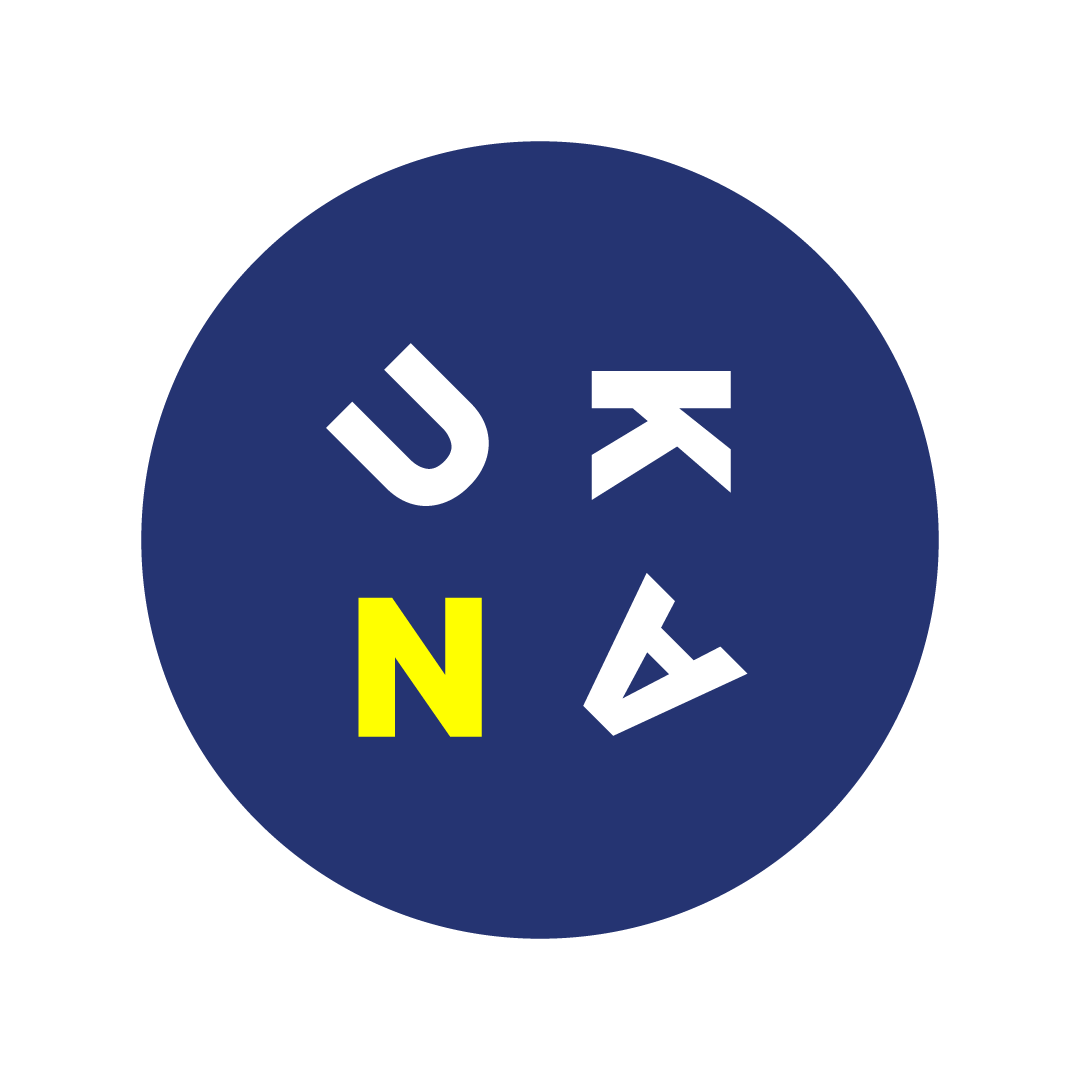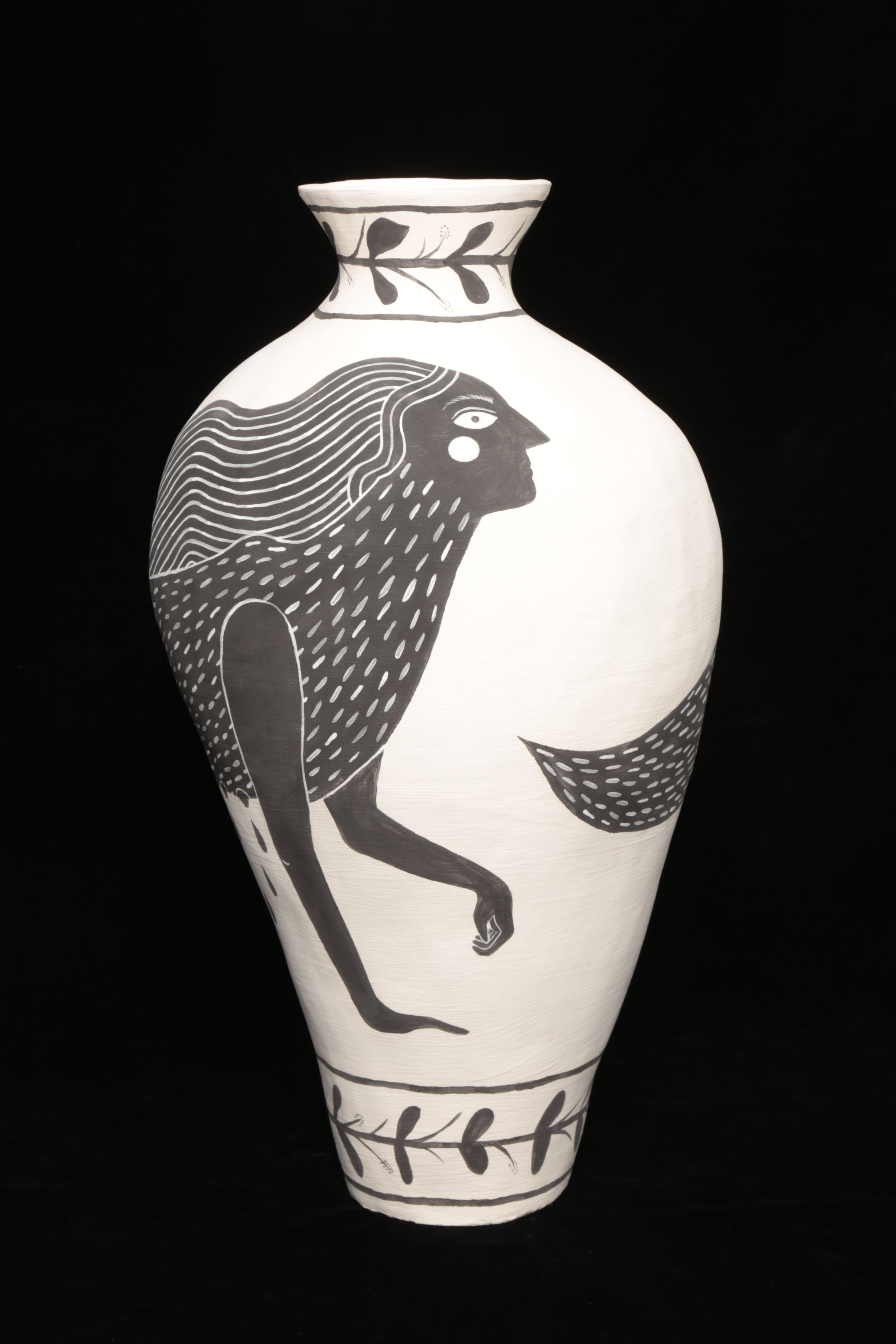Lena Peters
Peters graduated from Central Saint Martins College of Art and Design with a BA Hons in Ceramic Design in 2017. Her work has been exhibited at the Lethaby Gallery, London, the British Ceramics Biennial in Stoke-on-Trent, and the Pangolin Gallery, London. Peters is now represented by David Gill Gallery.
Her 2017 project ‘Secrets of the Hidden North’ imagines the results of an archeological dig in the Northumberland National Park, just above Hadrian’s Wall. The ceramics from this project are enveloped in this narrative. They are unique in terms of style, motif and decoration, but have clear Roman influences in some of the stories as well as in the form and design, whilst being simultaneously stylistically different enough for it to be obvious they were made by a different people. The objects in the images seem to be related to pagan rituals and worships, with an emphasis on nature and animals. Specifically, each image portrays the same woman in a variety of
animal guises. Writing of the imagined history behind this body of work, Peters observes:
“Historians posit the theory that these objects were made by a group of combined Romans and Celtic Britons who chose to live outside of the conflict, living hidden just above the Roman territories until the fighting forced them to abandon their settlement. In this exhibition, we see their gods, their myths and their history for the first time.
Secrets of the Hidden North
The objects were discovered in 2015 in the woods of Northumberland National Park, just above Hadrian’s Wall, in the remains of a small settlement. According to archaeologists, they date from a period just previous to the construction of this wall; a time when the conflict between the invading Romans and the native Celtic Britons was at its peak. They are unique in terms of style, motif and
decoration, but have clear Roman influences in some of the stories as well as in the form and design, whilst being simultaneously stylistically different enough for it to be obvious they were made by a different people. The objects in the images seem to be related to pagan rituals and worships, with an emphasis on nature and animals. Specifically, each image portrays the same woman in a variety of animal guises. Historians posit the theory that these objects were made by a
group of combined Romans and Celtic Britons who chose to live outside of the conflict, living hidden just above the Roman territories until the fighting forced them to abandon their settlement. In this exhibition, we see their gods, their myths and their history for the first time.
UKYA PROJECTS:
UKYA City Takeover: Nottingham 2019




